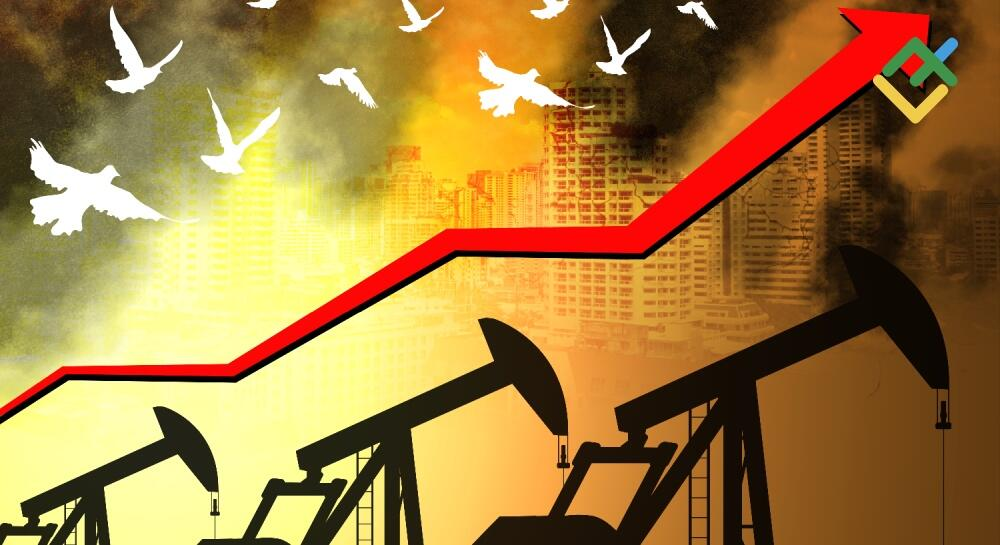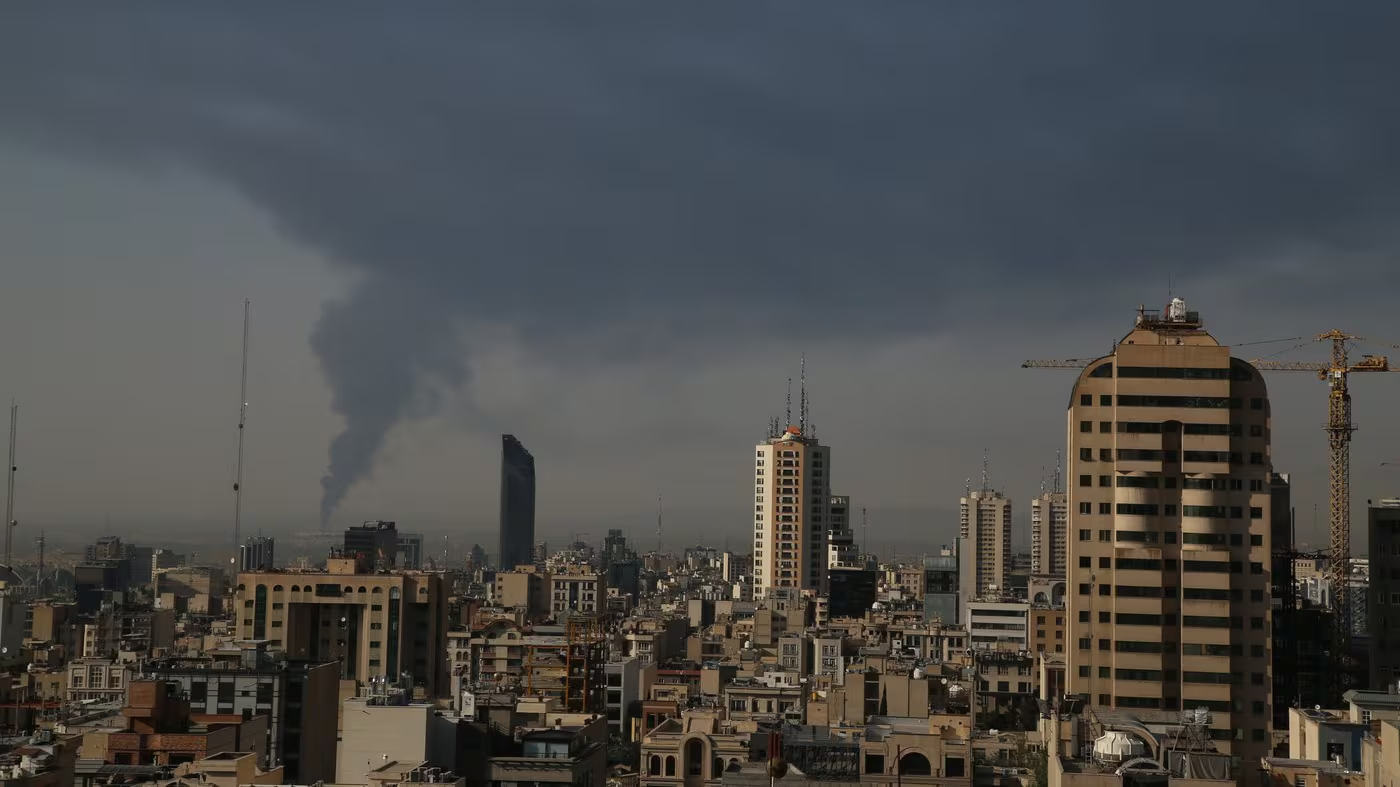Oil prices rise globally as the tensions between Iran and Israel continue to grow, raising concerns across financial markets, governments, and consumers. In recent weeks, international crude prices have surged to their highest levels in months, triggered by fears of potential disruptions to oil supply in the Middle East—a region responsible for over 30% of global oil production.
Rising Oil Prices: A Global Concern

The crisis began escalating when Iran responded to Israel’s alleged military actions with threats to block the Strait of Hormuz, a key passage for oil shipments. With both countries exchanging strong statements and engaging in proxy conflicts, traders and governments have begun to fear a full-scale war. This instability has pushed Brent crude prices beyond $95 per barrel, with WTI crude trailing close behind at over $90 per barrel.
Experts now believe that if the situation worsens, oil prices could rise above the $100 mark, something not seen since the initial Russia-Ukraine war impact in 2022.
Why the Middle East Matters for Oil
The Middle East is home to some of the world’s largest oil producers, including Saudi Arabia, Iran, Iraq, and the United Arab Emirates. Any military activity in this area, especially near critical transport routes like the Strait of Hormuz, can trigger immediate panic in global oil markets.
The Strait of Hormuz alone sees over 20 million barrels of oil pass through each day. Iran’s repeated warnings about shutting down the route in response to Israeli actions have made investors and governments increasingly nervous. Even the hint of a blockade can send prices soaring.
5 Shocking Impacts of This Oil Price Surge
Here are five major ways the global economy is feeling the impact as oil prices rise:
1. Fuel Costs Spike for Consumers
The most visible impact is at the gas station. As crude oil becomes more expensive, petrol and diesel prices shoot up. Countries that rely heavily on oil imports, such as India, Japan, and many European nations, have already seen price increases of 10–15%.
2. Inflation Pressures Return
Higher fuel costs lead to increased transportation and manufacturing expenses. This fuels inflation in food, goods, and services. In the U.S. and Europe, central banks that were beginning to ease interest rates may now reconsider to control inflation again.
3. Global Shipping and Airlines Hit
Airlines and cargo carriers are among the industries most affected. Jet fuel costs are rising, forcing airlines to either absorb losses or pass them on to consumers through higher ticket prices.
4. Stock Markets Become Volatile
Investor confidence is shaken. Energy companies may benefit short-term, but most other sectors—especially retail, auto, and travel—are under pressure due to rising operational costs and falling consumer spending.
5. Developing Economies Face Major Setbacks
Countries with weak currencies and oil dependencies are struggling to manage their fuel import bills. This puts pressure on their trade balance and risks triggering economic slowdowns or currency devaluations.
Political Reactions Around the World
Governments are reacting quickly to the crisis. The United States has urged both Iran and Israel to avoid escalation and has increased its naval presence in the Gulf. European Union leaders have called for urgent diplomatic talks.
India, China, and Japan—major oil importers—are preparing for potential supply shortages. India’s oil ministry has reportedly begun emergency meetings to evaluate reserves and consider alternate suppliers in case of supply disruption.
OPEC, the oil-exporting nations’ organization, has not yet responded with an emergency meeting, but member countries are monitoring the situation closely. Any sign of production cuts or supply disruptions could lead to a new price rally.
History Repeats? Comparisons to Past Crises

This isn’t the first time oil prices rise due to conflict in the Middle East. During the 1991 Gulf War and the 2003 Iraq invasion, global oil prices surged drastically, sending shockwaves through world economies.
However, today’s situation is more complicated due to already fragile global supply chains, ongoing effects of the Russia-Ukraine war, and slower global economic recovery post-COVID.
What Lies Ahead?
If tensions ease, prices may stabilize near current levels. However, if Iran and Israel enter a direct military conflict or if the Strait of Hormuz is blocked even briefly, the consequences could be severe.
Countries may turn to alternative energy sources, increase domestic oil output, or tap into emergency reserves. However, these are short-term fixes, and most experts agree that diplomacy is the only sustainable solution.
Conclusion
Oil prices rise once again due to geopolitical tension—reminding the world of the fragile link between peace and prosperity. The ongoing Iran-Israel crisis shows how one regional conflict can affect economies everywhere. Consumers, businesses, and governments must prepare for potential challenges as the situation unfolds.
Staying informed and aware is key. While price volatility may continue in the short term, diplomatic solutions and global cooperation could restore balance to oil markets in the longer run.
Also Read – Travel Disruptions: 5 Positive Changes in UAE Visa Policy



